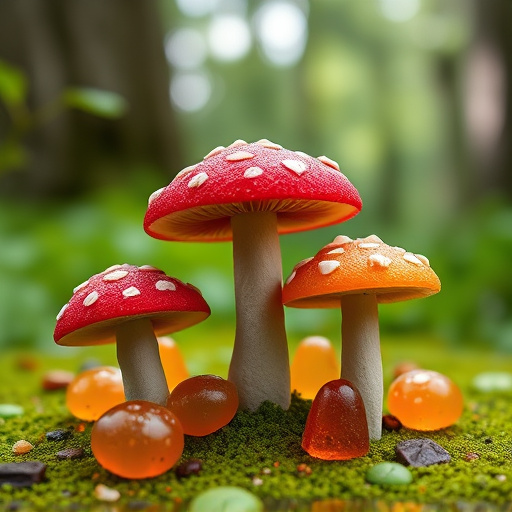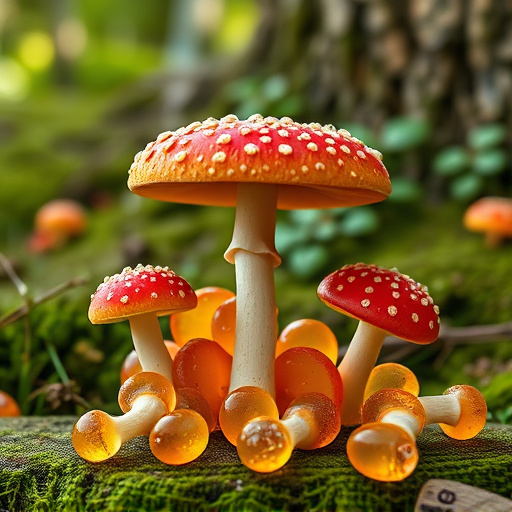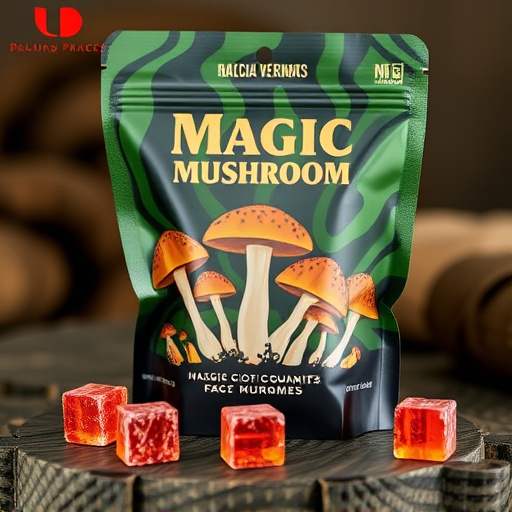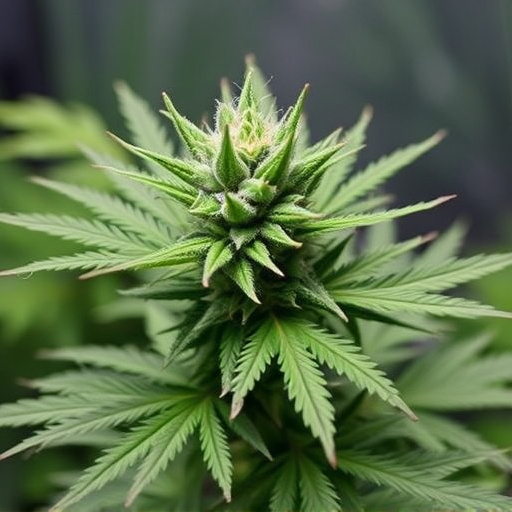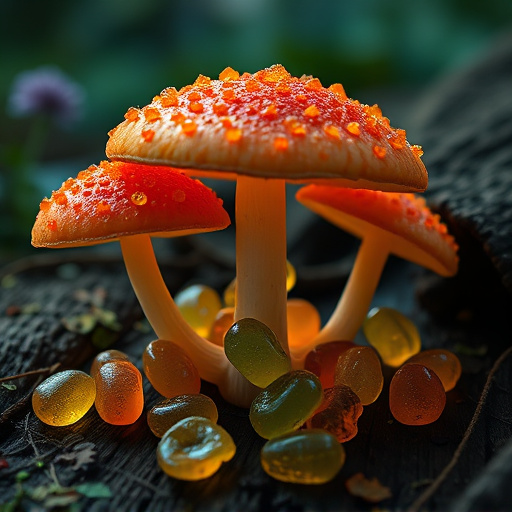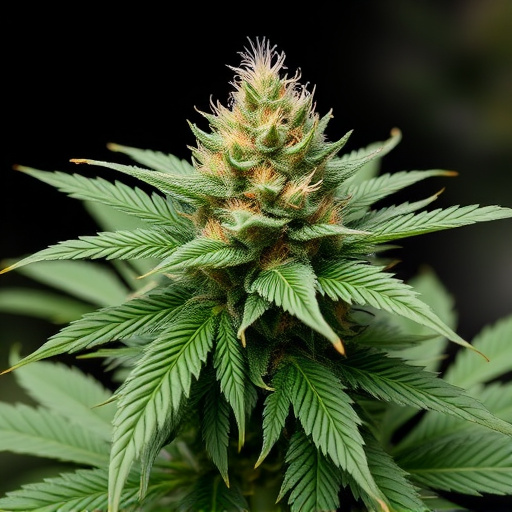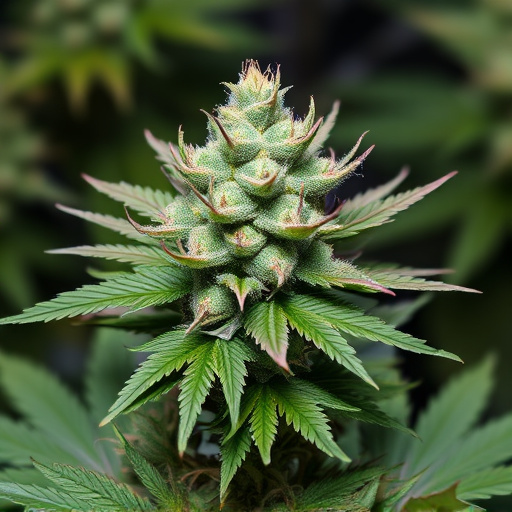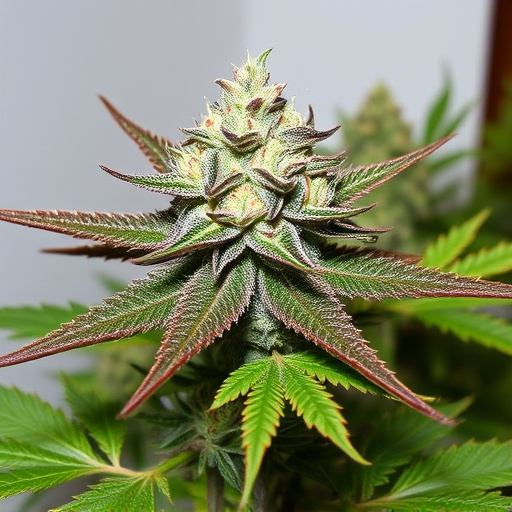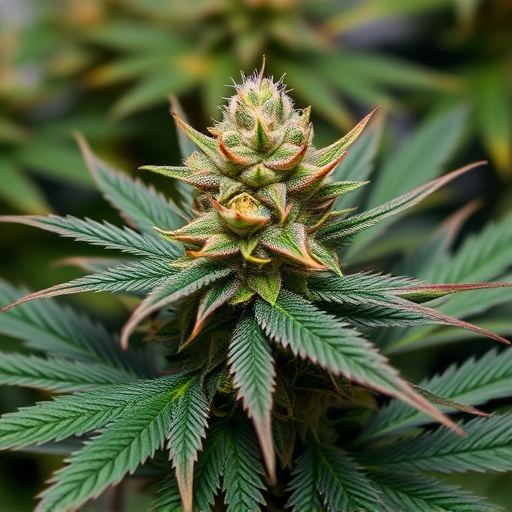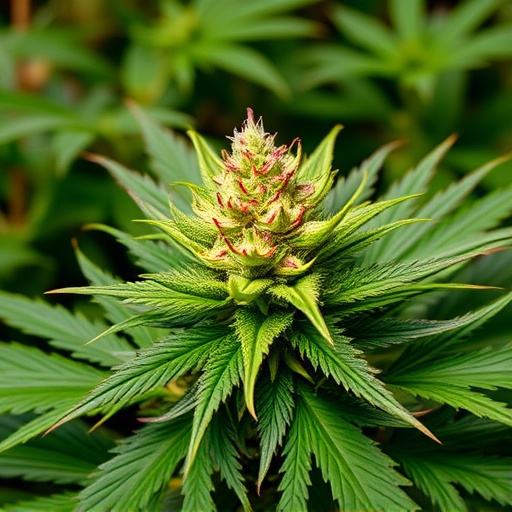Drug testing methods for cannabis involve analyzing bodily fluids like urine, blood, saliva, and hair for drug metabolites using techniques such as immunoassay, GC-MS, and ELISAs. Accuracy rates vary by method; urine tests detect use within days, while blood tests offer more comprehensive results but may not be practical for regular screening. "Best looking" cannabis strains with high THC content can extend the detection window, impacting employment and legal outcomes. False positives are challenging due to compounds mimicking cannabis active ingredients in these popular strains. Lower THC or CBD-rich products and incorporating non-psychoactive plants can help avoid false positives in drug tests.
Weed can surprisingly show up on drug tests, causing concern for users in various industries. This article delves into the science behind drug testing, exploring common methods and how cannabis metabolites can affect results. We dissect the myth of ‘best-looking cannabis strains’ that may yield false positives and offer alternative solutions for accurate assessments. By understanding these dynamics, users can navigate drug testing procedures with confidence.
- Understanding Drug Testing: The Basics and Common Methods
- Cannabis Metabolites: How They Affect Drug Test Results
- Identifying False Positives: Best-Looking Cannabis Strains and Alternative Solutions
Understanding Drug Testing: The Basics and Common Methods
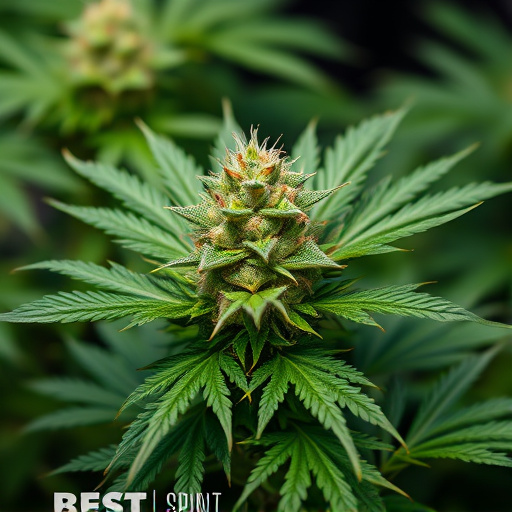
Drug testing is a process that identifies the presence of illegal or prescription drugs in an individual’s system. Understanding how these tests work is crucial, especially for those curious about the potential implications of using cannabis, including its best-looking strains. The basics involve collecting a sample, which can be urine, blood, saliva, or hair, and analyzing it for specific drug metabolites. Common methods include immunoassay, gas chromatography-mass spectrometry (GC-MS), and enzyme-linked immunosorbent assays (ELISAs). Each method detects different levels of drugs and has varying accuracy rates. For instance, urine tests are widely used and can detect cannabis use within a few days of consumption, while blood tests offer more comprehensive results but may not always be practical for routine screening. Knowing these fundamentals is key to navigating the conversation around cannabis use and its visibility in drug testing.
Cannabis Metabolites: How They Affect Drug Test Results
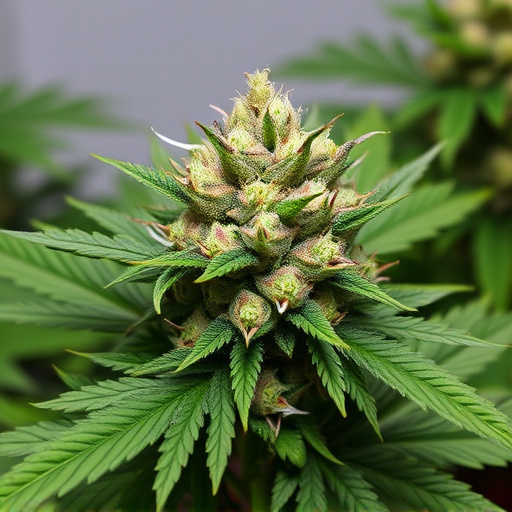
Cannabis, or weed, contains various compounds known as cannabinoids, with tetrahydrocannabinol (THC) being the most well-known. When a person consumes cannabis, THC and other metabolites are absorbed into their system and eventually show up in their bodily fluids. These metabolites can remain detectable in drug tests for varying periods, depending on factors like consumption frequency, amount, and metabolism. Even after the effects of intoxication wear off, cannabis metabolites can still be present, leading to positive test results.
The detection window for cannabis in drug tests is influenced by the type and potency of the consumed strain. While some studies suggest that heavy users may have THC detectable for up to 30 days, occasional users might only show positive results for a few days or even shorter periods. The best-looking cannabis strains, often associated with high THC content, could therefore result in longer detection times. This is important to consider, especially in situations where drug testing is prevalent, as it can impact employment opportunities and legal consequences.
Identifying False Positives: Best-Looking Cannabis Strains and Alternative Solutions
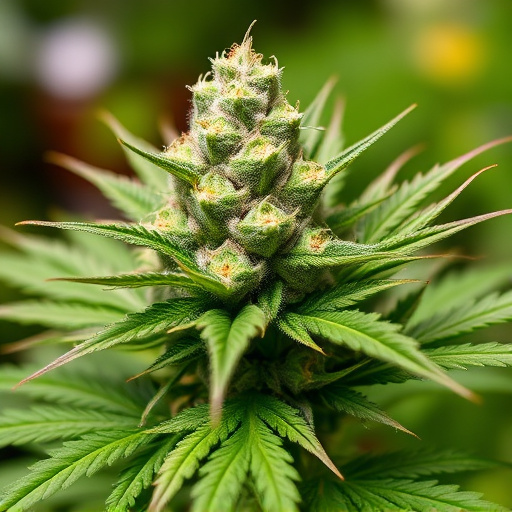
Identifying false positives in drug tests, especially for cannabis, can be tricky due to the presence of various compounds that mimic its active ingredients. One surprising factor contributing to these false positives are what many refer to as the best-looking cannabis strains. These highly sought-after varieties often boast potent levels of THC (tetrahydrocannabinol), the primary psychoactive compound responsible for getting users “high.” However, this very characteristic can lead to positive results in drug tests designed to detect THC or its metabolites.
To avoid these false positives, individuals concerned about passing drug tests should consider alternative solutions. One approach is to opt for cannabis products with lower THC content or choose strains known for their higher CBD (cannabidiol) levels. CBD does not produce the same intoxicating effects as THC and is generally not detected in standard drug tests. Additionally, incorporating non-psychoactive plants into one’s routine, often found in herbal blends, can help mask any remaining traces of cannabis metabolites.
In conclusion, understanding how cannabis shows up in drug tests is crucial for navigating potential false positives. While some may try to identify the best-looking cannabis strains to bypass testing, it’s important to recognize the science behind cannabis metabolites and their persistence. By staying informed about common methods of drug testing and exploring alternative solutions, individuals can ensure accurate results without resorting to misleading tactics.
